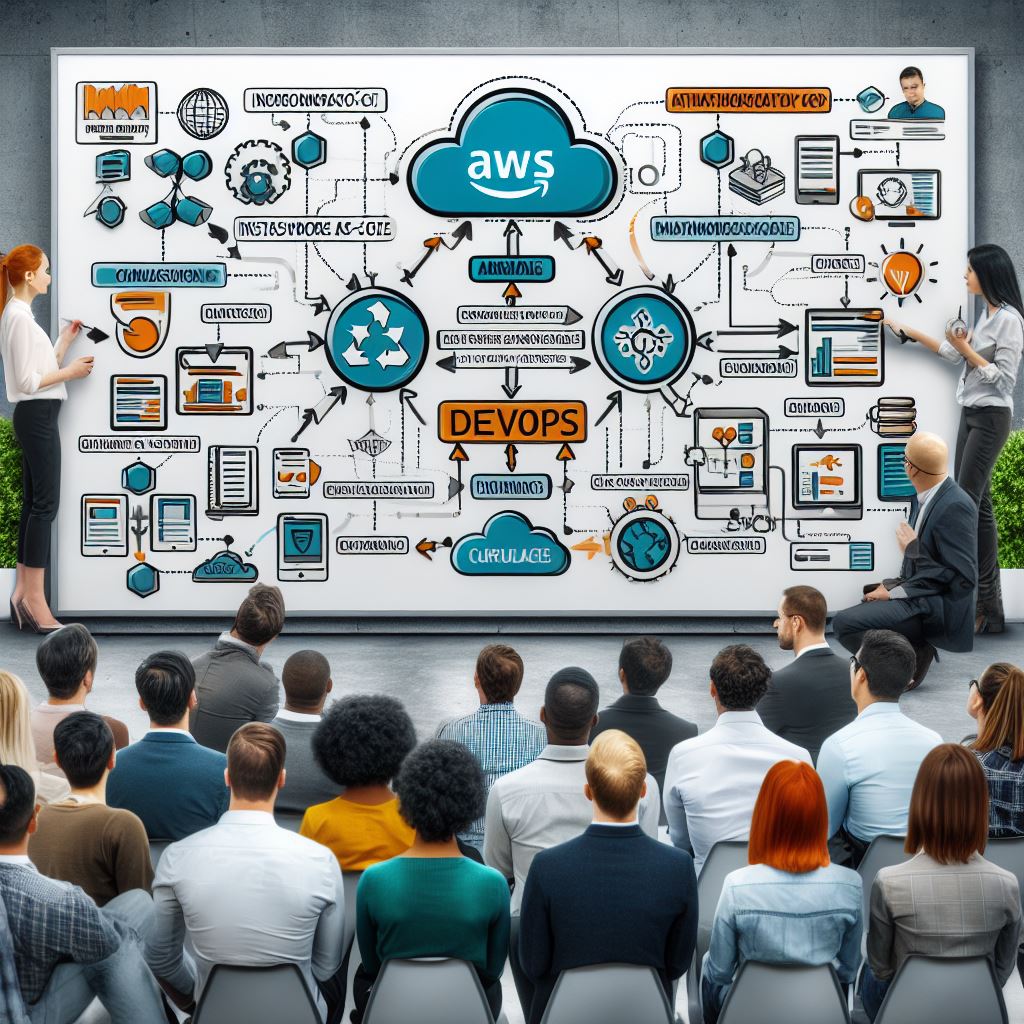The Best Theme for Creating a WordPress Website
The Best Themes for Creating a WordPress Website
Are you looking to create a stunning website on WordPress? Choosing the right theme is crucial for achieving the desired look and functionality. With thousands of options available, finding the best themes for creating a WordPress website can be overwhelming. But fear not! In this guide, we’ll explore some of the top themes that will help you build a professional and visually appealing site.

Why Choosing the Right Theme is Important?
Before we dive into the best themes for creating a WordPress website, let’s understand why choosing the right theme is essential. Your website’s theme dictates its appearance, layout, and functionality. A well-designed theme can enhance user experience, improve SEO, and establish your brand identity. Therefore, investing time in selecting the perfect theme is crucial for the success of your website.
What to Look for in a WordPress Theme?
When selecting a theme for your WordPress website, consider the following factors:
- Design and Customization: Look for a theme that offers a design that aligns with your brand aesthetic. Additionally, choose a theme that allows for easy customization, so you can personalize the look and feel of your website.
- Responsiveness: Ensure that the theme is responsive, meaning it adapts seamlessly to different screen sizes and devices. This is essential for providing a great user experience across desktops, tablets, and smartphones.
- Performance: Opt for a lightweight theme that prioritizes speed and performance. A fast-loading website not only improves user experience but also positively impacts your search engine rankings.
- Features and Functionality: Consider the features and functionality offered by the theme. Look for built-in tools such as page builders, customizable widgets, and e-commerce integration that align with your website goals.
The Best Themes for Creating a WordPress Website
Now that you understand what to look for in a WordPress theme, let’s explore some of the best options available:
1. Divi
Divi is a popular multipurpose theme that offers a drag-and-drop builder, allowing you to create custom layouts with ease. With its extensive library of pre-designed templates and modules, Divi is perfect for both beginners and experienced users.
2. Avada
Avada is another versatile theme known for its flexibility and robust features. With its Fusion Builder, you can build complex page layouts without any coding knowledge. Avada also offers a wide range of customization options, making it suitable for various types of websites.
3. Astra
Astra is a lightweight and fast-loading theme that’s perfect for building high-performance websites. It offers seamless integration with popular page builders like Elementor and Beaver Builder, allowing you to create custom designs effortlessly.
4. OceanWP
OceanWP is a free WordPress theme known for its speed and flexibility. It comes with a library of demo sites that you can import with a single click, making it ideal for beginners. OceanWP also offers extensive customization options and compatibility with popular plugins.
5. GeneratePress
GeneratePress is a lightweight and developer-friendly theme that prioritizes speed and performance. It offers a modular approach to design, allowing you to enable or disable features as needed. GeneratePress is highly customizable and works well with page builders like Elementor and Gutenberg.
Conclusion
Choosing the best theme for creating a WordPress website is a crucial step in the website development process. By considering factors such as design, responsiveness, performance, and features, you can select a theme that meets your needs and helps you achieve your website goals. Whether you’re building a blog, portfolio, or e-commerce site, the themes mentioned above offer excellent options to kickstart your WordPress journey.
So, what are you waiting for? Explore the best themes for creating a WordPress website and take your online presence to the next level!
Virtualization 90 Minute Demonstration Crash Free udemy Cour
the secrets of virtualization in just 90 minutes with comprehensive course! practical skills real-world applications for VMware vSphere, Microsoft Hyper-V, AWS.











